- The contract of China Railway Construction has laid a solid foundation for the long-term development
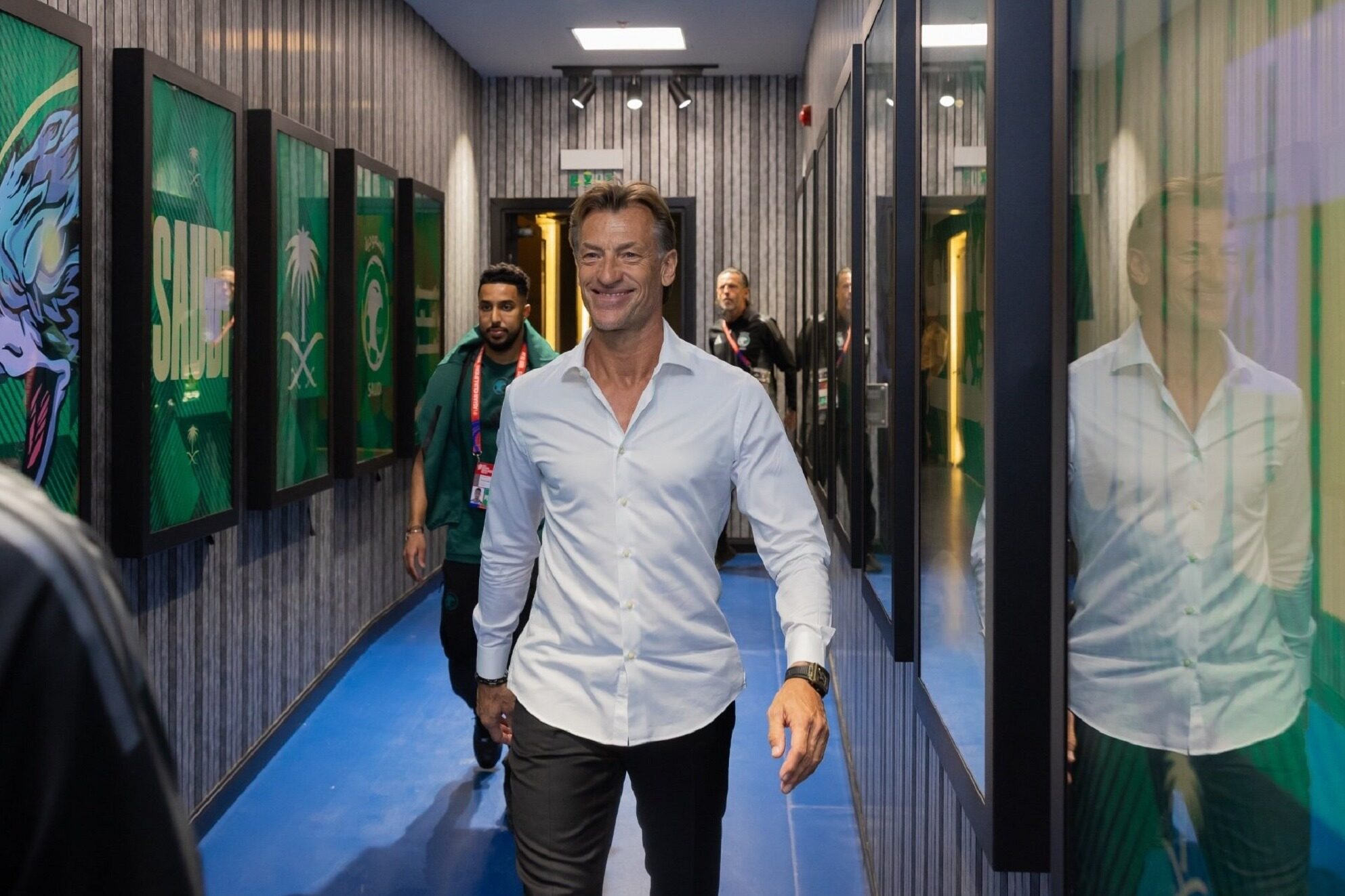
On May 6, China Railway Construction International Group and Diriyah Company, a subsidiary of Saudi Arabia's sovereign wealth fund PIF, officially signed a contract for the infrastructure and supporting relocation project of King Saud University, with a contract value of up to 1.13 billion US dollars (about 8.15 billion yuan).
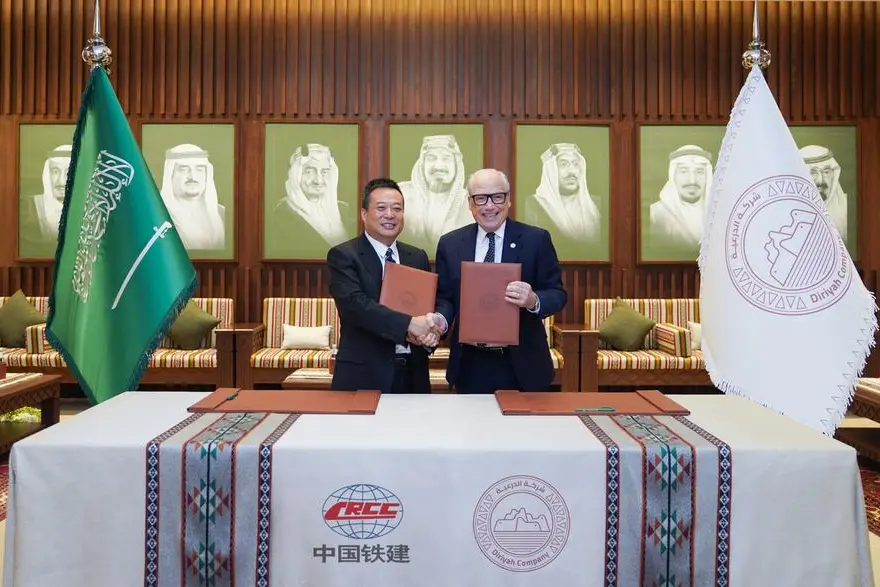
Founded in 1957, King Saud University is the oldest and largest comprehensive institution of higher learning in Saudi Arabia, and its campus design is based on the concept of "research oasis", which has long been regarded as a benchmark for higher education in the Middle East. With the advancement of Saudi Arabia's Vision 2030, the modernization of education has become one of the core pillars of the country's economic diversification transformation, and the upgrading of the infrastructure of King Saud University, as the country's flagship university, is naturally high on the agenda.
The infrastructure and ancillary relocation project is located in the northwest region of Riyadh, the capital of Saudi Arabia, and is a key component of the series of projects in the development of the ancient city of Diriyah. The 14-square-kilometre Diriyyah project, led by the Saudi Public Investment Fund (PIF), aims to transform the Diriyya region into an integrated area of education, arts, culture and residence. When completed, the project will house nearly 100,000 residents, provide tens of thousands of professional jobs, create about 178,000 jobs, attract nearly 50 million visitors per year, and contribute about 70 billion Saudi riyals (about 18.6 billion U.S. dollars) to Saudi Arabia's GDP.
At the heart of King Saud's infrastructure and ancillary relocation project is its innovative underground utility gallery system, which is the key to the project's reputation as a "global industry benchmark". According to the contract, the project will build an underground comprehensive pipe gallery with a length of 1.7 kilometers and a width of 20 meters, which adopts an intensive layout design of multi-system pipelines, which can accommodate multiple systems such as district refrigeration, medium-temperature hot water, rainwater and sewage, and water supply pipelines at the same time.
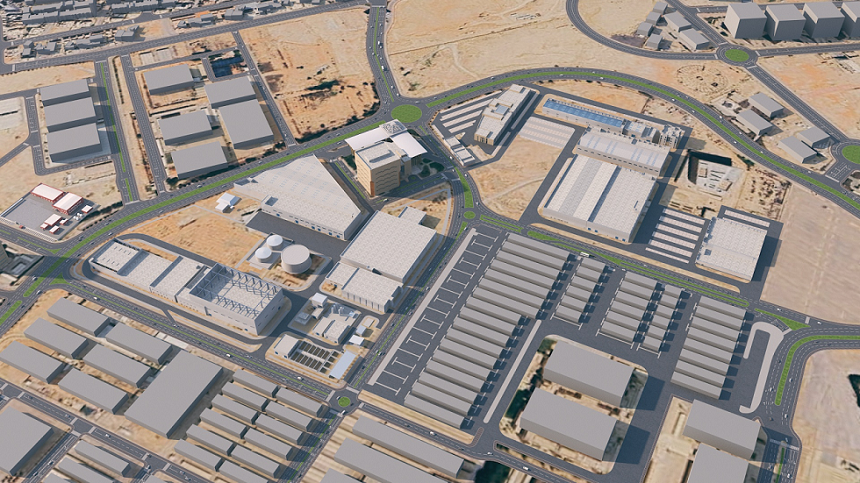
This design fundamentally solves the industry problems such as cross interference and maintenance conflicts in traditional underground pipelines. The relevant person in charge of China Railway Construction pointed out that the "technical complexity and construction difficulty of the underground comprehensive pipe gallery can be called the global industry benchmark", which will "provide new technical standards and design ideas" for the future large-scale underground space development in Saudi Arabia, which is of pioneering significance.
In addition to the underground pipe gallery, the project includes the design, construction and relocation of King Saud University's utilities and administrative offices, as well as the construction of district cooling plants, water storage facilities, sewage treatment plants, energy transmission stations, utility tunnels, office buildings and ancillary facilities. These facilities will significantly modernize the infrastructure of King Saud University and lay a solid foundation for the long-term development of this prestigious university in the Middle East.
It is worth noting that the infrastructure project of King Saud University adopts an innovative cooperation model of "design-build + operation and maintenance (DB+OM)". Under this model, CRCC is not only responsible for the design and construction of the project, but also participates in the subsequent operation and maintenance, thus forming a full life cycle service chain.
(This article is from the official website of Seetao www.seetao.com. Reprinting without permission is strictly prohibited. Please indicate Seetao.com + original link when reprinting) Seetao.com Strategy Column Editor/Sun Fengjuan
Comment
 Praise
Praise
 Collect
Collect
 Comment
Comment
 Search
Search




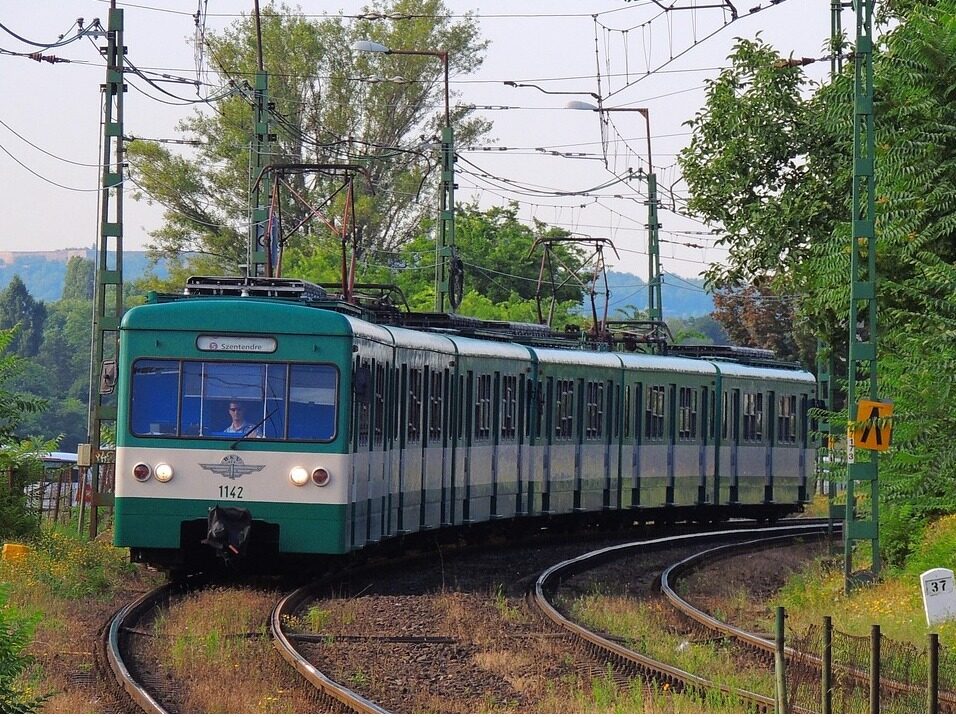


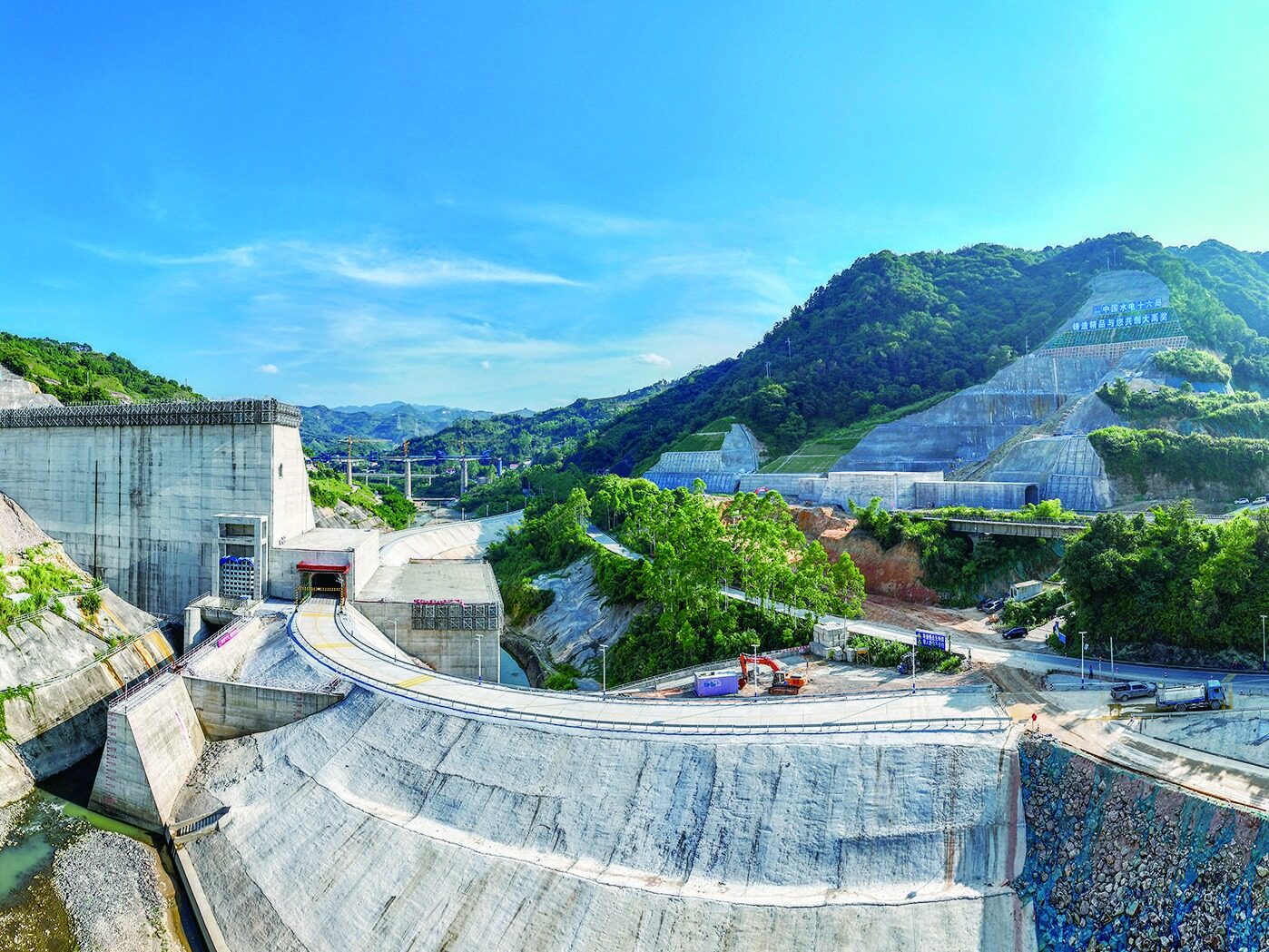






Write something~